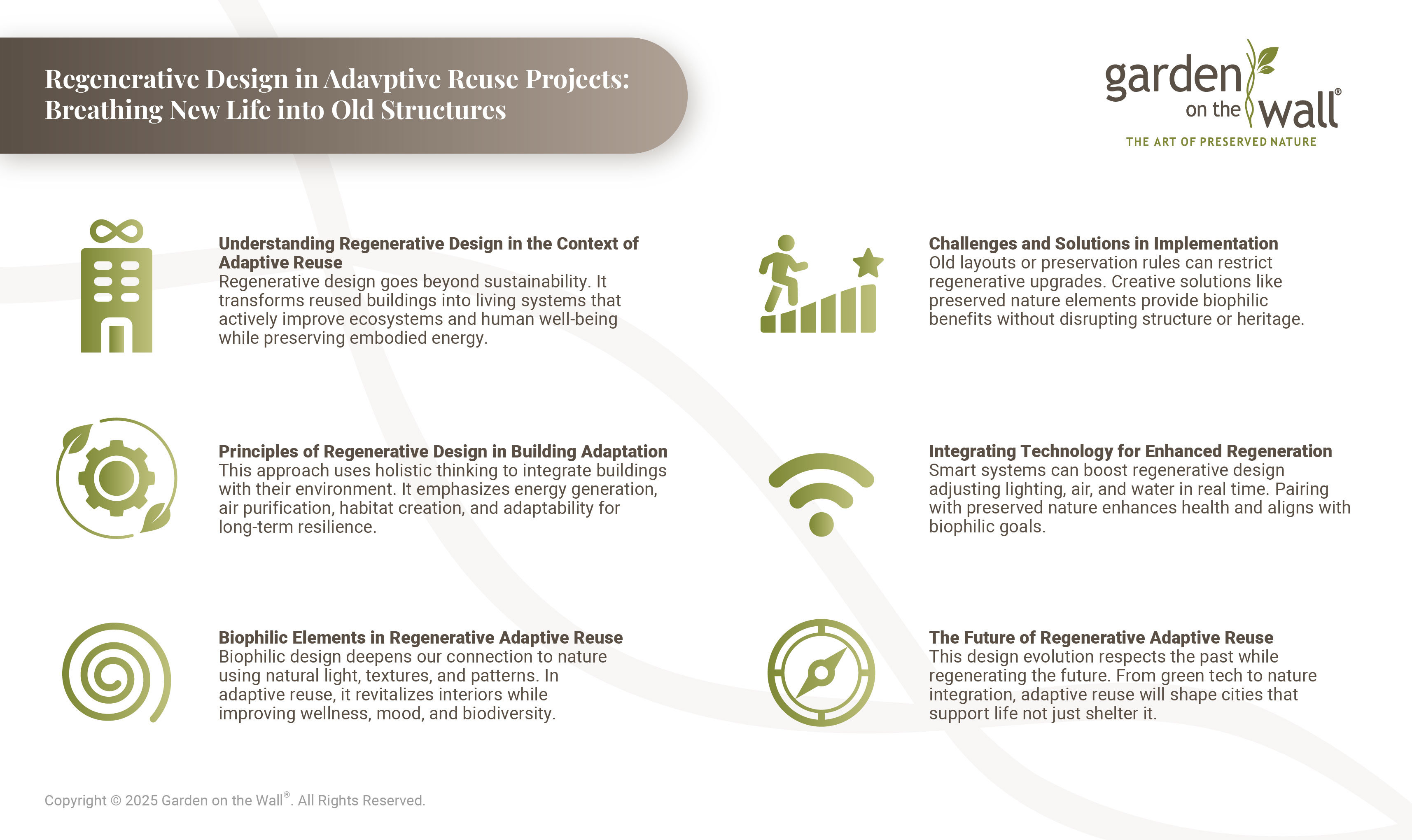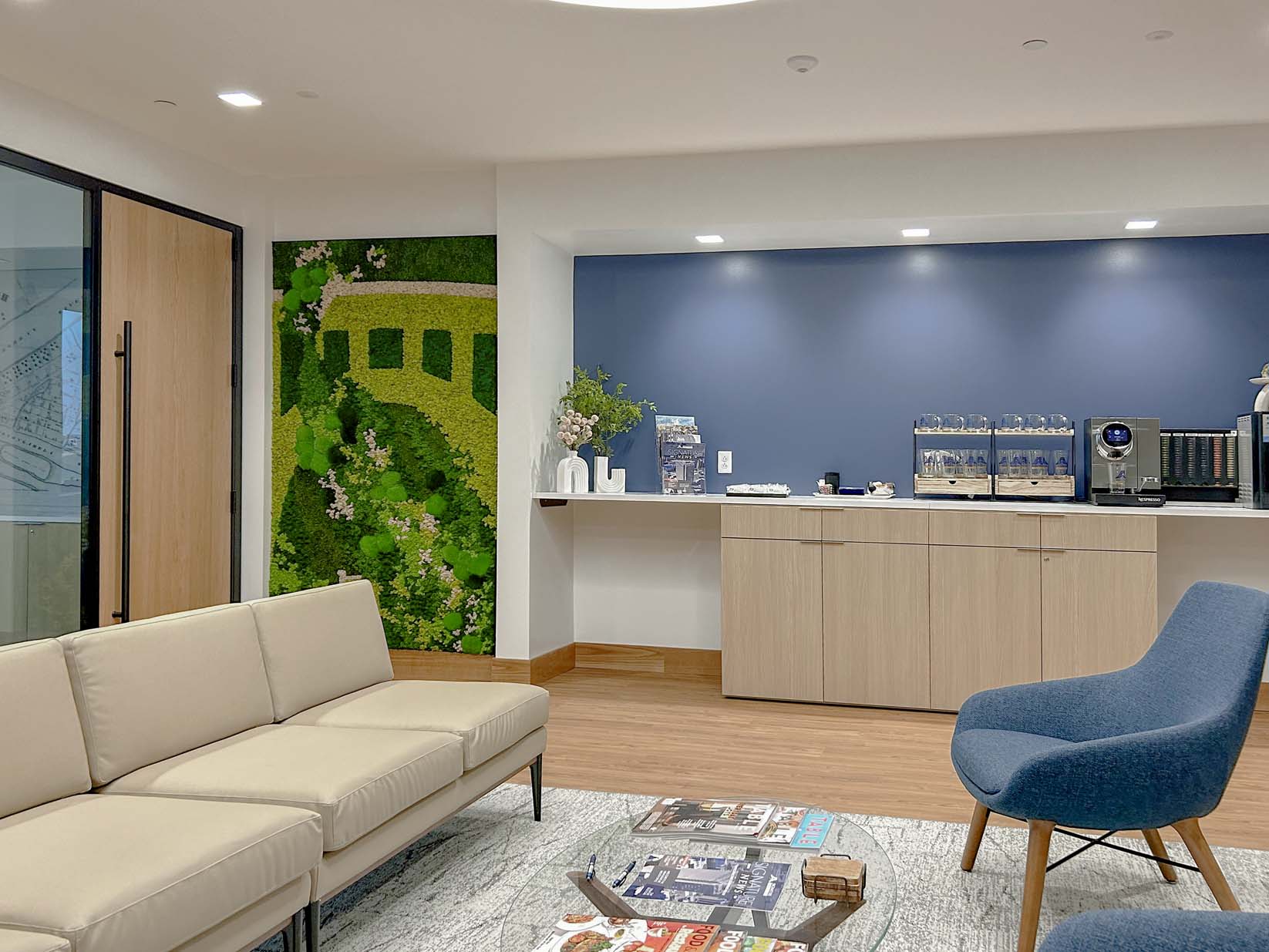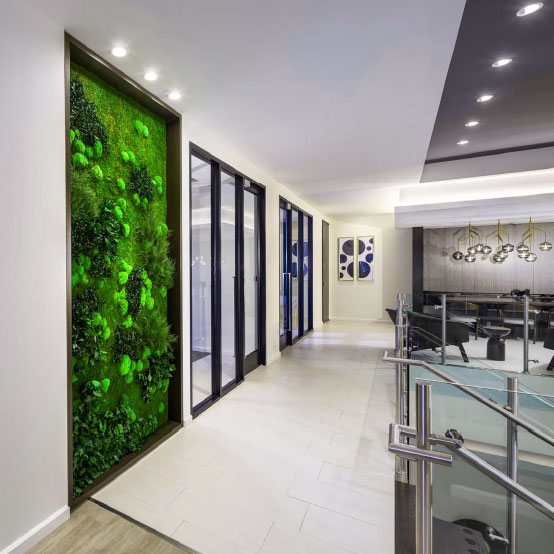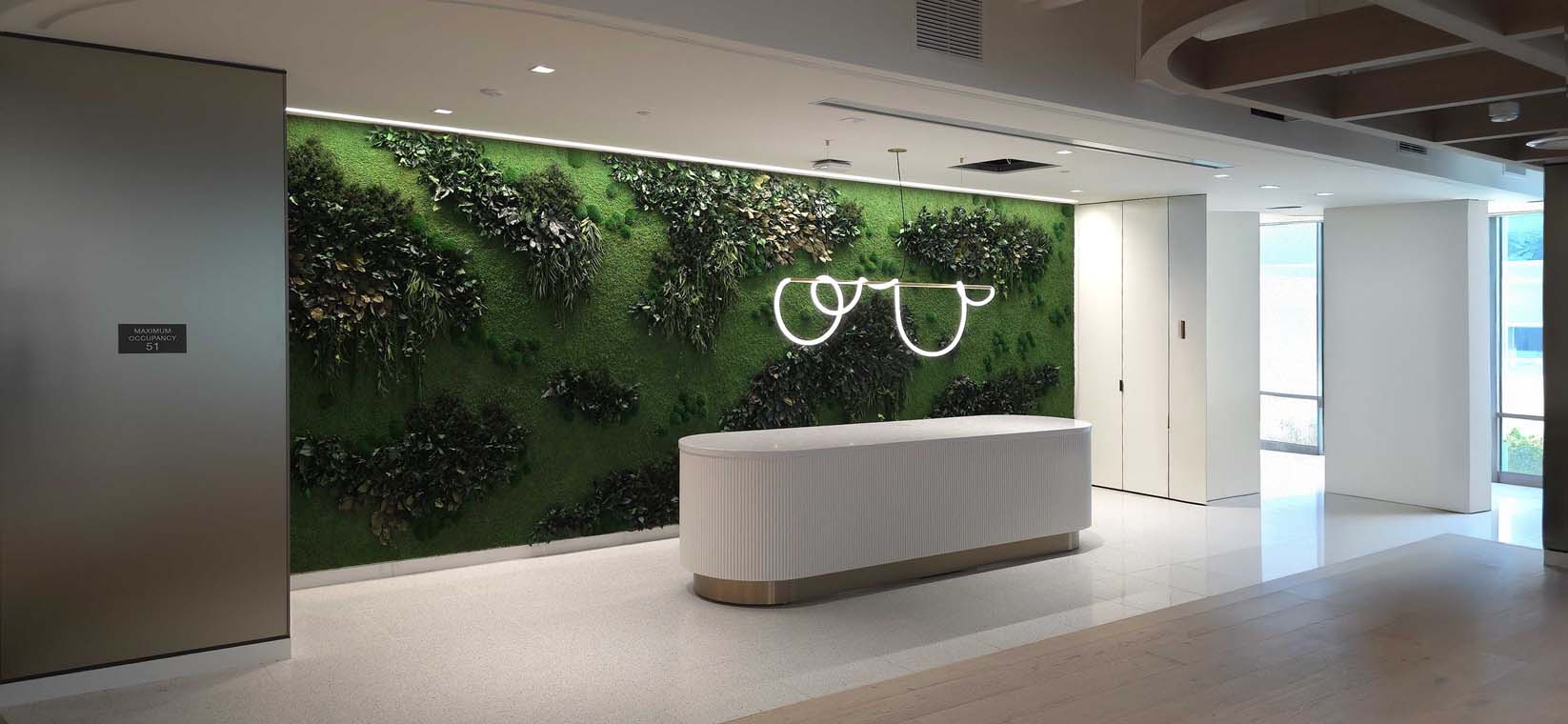Garden on the Wall®
Regenerative Design in Adaptive Reuse Projects: Breathing New Life into Old Structures

Regenerative design principles in adaptive reuse projects through preserved gardens breathe new life into old structures while supporting sustainability goals, enhancing occupant well-being, and creating meaningful connections between past and future.
🌱 Sustainability Impact: Regenerative Philosophy Preserved gardens embody regenerative design principles by providing lasting benefits without ongoing resource consumption while enhancing rather than depleting environmental quality in adaptive reuse projects.
🏗️ Project Integration: Historic Preservation Enhancement Adaptive reuse projects benefit from preserved gardens that honor historic character while providing modern biophilic benefits and environmental improvements that extend building lifecycles.
💡 Key Insight: Structural Renewal Regenerative design through preserved gardens creates meaningful renewal of old structures that supports both environmental and human health while preserving cultural and architectural heritage.
🎯 Implementation Advantage: Sensitive Integration Professional design services ensure preserved gardens enhance adaptive reuse projects while respecting historic integrity and supporting regenerative design objectives through appropriate material selection.
Ready to integrate regenerative design principles in adaptive reuse projects through preserved gardens that honor the past while supporting future sustainability? The complete article reveals implementation strategies for historic structure renewal.
Understanding Regenerative Design in the Context of Adaptive Reuse
Regenerative design represents a paradigm shift in how we approach the built environment. It goes beyond sustainability, aiming not just to reduce negative impacts but to actively contribute to the health of ecological and social systems. When applied to adaptive reuse projects, regenerative design offers a powerful framework for transforming existing structures into vibrant, life-enhancing spaces that benefit both occupants and the surrounding ecosystem.
Adaptive reuse, the process of repurposing existing buildings for new functions, already aligns with sustainability principles by reducing waste and preserving embodied energy. However, regenerative design takes this a step further by seeking to create spaces that improve environmental quality, enhance biodiversity, and foster human well-being. This approach views buildings not as static objects but as living systems that can evolve and contribute positively to their surroundings over time.
Principles of Regenerative Design in Building Adaptation
The core principles of regenerative design in adaptive reuse projects include holistic systems thinking, integration with local ecosystems, and a focus on creating positive impacts. This means considering not just the building itself, but its interactions with the surrounding environment, community, and economy. In practice, this might involve strategies such as water harvesting, energy production, air purification, and the creation of habitats for local flora and fauna.
Another key principle is the idea of continuous evolution and adaptation. Regenerative buildings are designed to be flexible and responsive to changing needs and conditions over time. This aligns well with the adaptive reuse approach, which already recognizes the value of flexibility in building design. By incorporating regenerative principles, adaptive reuse projects can become more resilient and capable of meeting future challenges, whether environmental, social, or economic.
Biophilic Elements in Regenerative Adaptive Reuse
Biophilic design, which seeks to connect building occupants with nature, plays a crucial role in regenerative adaptive reuse projects. By incorporating natural elements and patterns, these projects can enhance human well-being while also supporting local ecosystems. This might involve creating green spaces, maximizing natural light, or using materials and forms that mimic natural structures.
In the context of adaptive reuse, biophilic design offers unique opportunities to bridge the gap between the building's past and its regenerative future. For example, an old industrial space might be transformed with the addition of interior gardens, living walls, or water features that reference the site's natural history. These elements not only improve the aesthetic and psychological experience of space but can also contribute to air quality, temperature regulation, and biodiversity.

Challenges and Solutions in Implementation
Implementing regenerative design in adaptive reuse projects presents unique challenges. Existing structures may have limitations in terms of layout, materials, or systems that make it difficult to fully realize regenerative goals. Additionally, balancing the preservation of historical or cultural significance with regenerative objectives can be complex.
However, these challenges also present opportunities for innovative solutions. For instance, where it's not possible to introduce living plants due to structural limitations or preservation requirements, preserved nature elements offer a compelling alternative. Preserved moss walls or gardens can bring the aesthetic and psychological benefits of biophilic design to spaces where traditional landscaping isn't feasible. These elements require no water, soil, or sunlight, making them ideal for interior spaces in adapted buildings.
Case Studies in Regenerative Adaptive Reuse
Successful examples of regenerative adaptive reuse can be found around the world, demonstrating the potential of this approach. For instance, the transformation of an old factory into a mixed-use community hub that generates its own energy, purifies water, and provides habitat for local wildlife. Or the conversion of a historic office building into a health center that incorporates healing gardens, natural ventilation systems, and materials that improve indoor air quality.
These projects show how regenerative design can not only preserve the character and embodied energy of existing structures but also enhance their value and impact. By integrating natural systems and biophilic elements, these adapted buildings become assets to their communities and ecosystems, rather than mere consumers of resources.
The Role of Preserved Nature in Regenerative Adaptive Reuse
While living plants and natural systems are ideal in regenerative design, they're not always practical in adaptive reuse projects. Structural limitations, historical preservation requirements, or maintenance concerns can make it challenging to incorporate traditional green elements. This is where preserved nature installations can play a crucial role.
Preserved moss walls, vertical preserved gardens, botanical artworks, planter inserts crafted with preserved foliage, and other forms of preserved nature offer a way to bring the visual and psychological benefits of biophilic design into adaptive reuse projects without the need for extensive structural modifications or ongoing maintenance. These elements can be custom designed to complement the existing architecture while adding a regenerative touch. For example, a preserved moss wall could be shaped to echo the industrial patterns of an old warehouse, creating a unique fusion of the building's past and its regenerative future.
Integrating Technology for Enhanced Regeneration
The integration of smart building technologies with regenerative design principles can further enhance the positive impact of adaptive reuse projects. Sensors and automation systems can optimize energy use, water management, and air quality, responding in real-time to occupant needs and environmental conditions. When combined with biophilic elements, including preserved nature installations, these technologies can create highly responsive, regenerative environments.
For instance, a smart lighting system could work in tandem with preserved nature elements to create dynamic, nature-inspired lighting scenarios that support circadian rhythms and enhance well-being.
The Future of Regenerative Adaptive Reuse
As we face increasing environmental challenges and a growing stock of underutilized buildings, regenerative adaptive reuse will likely play an increasingly important role in shaping our built environment. This approach offers a way to honor our architectural heritage while creating spaces that actively contribute to ecological and human health.
The future may see even more innovative combinations of regenerative design principles, adaptive reuse strategies, and biophilic elements. From urban farms in converted warehouses to learning centers in adapted industrial sites, the possibilities are vast. By embracing regenerative design in adaptive reuse projects, we can transform our existing built environment into a network of spaces that nurture both people and nature, creating a more sustainable and vibrant future for our cities and communities.
For more information on this subject, read this article: How Regenerative Design Helps Occupants of Designed Spaces and other related information, please visit our website: www.gardenonthewall.com
Related Posts

7 Neuroaesthetics Principles to Transform Corporate Environments

All Natural Preserved Gardens & Moss Walls vs Petroleum Based Artificial Foliage


